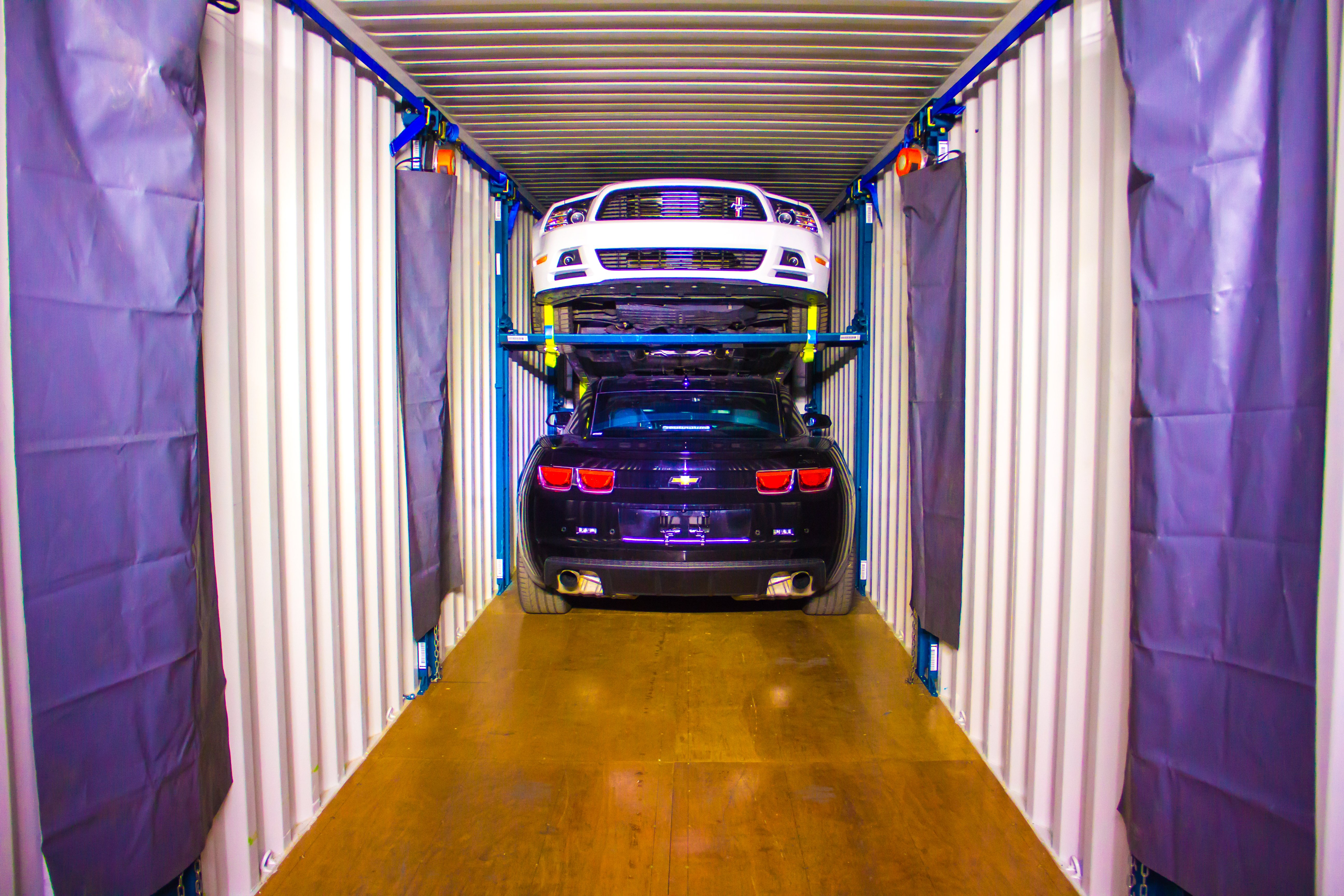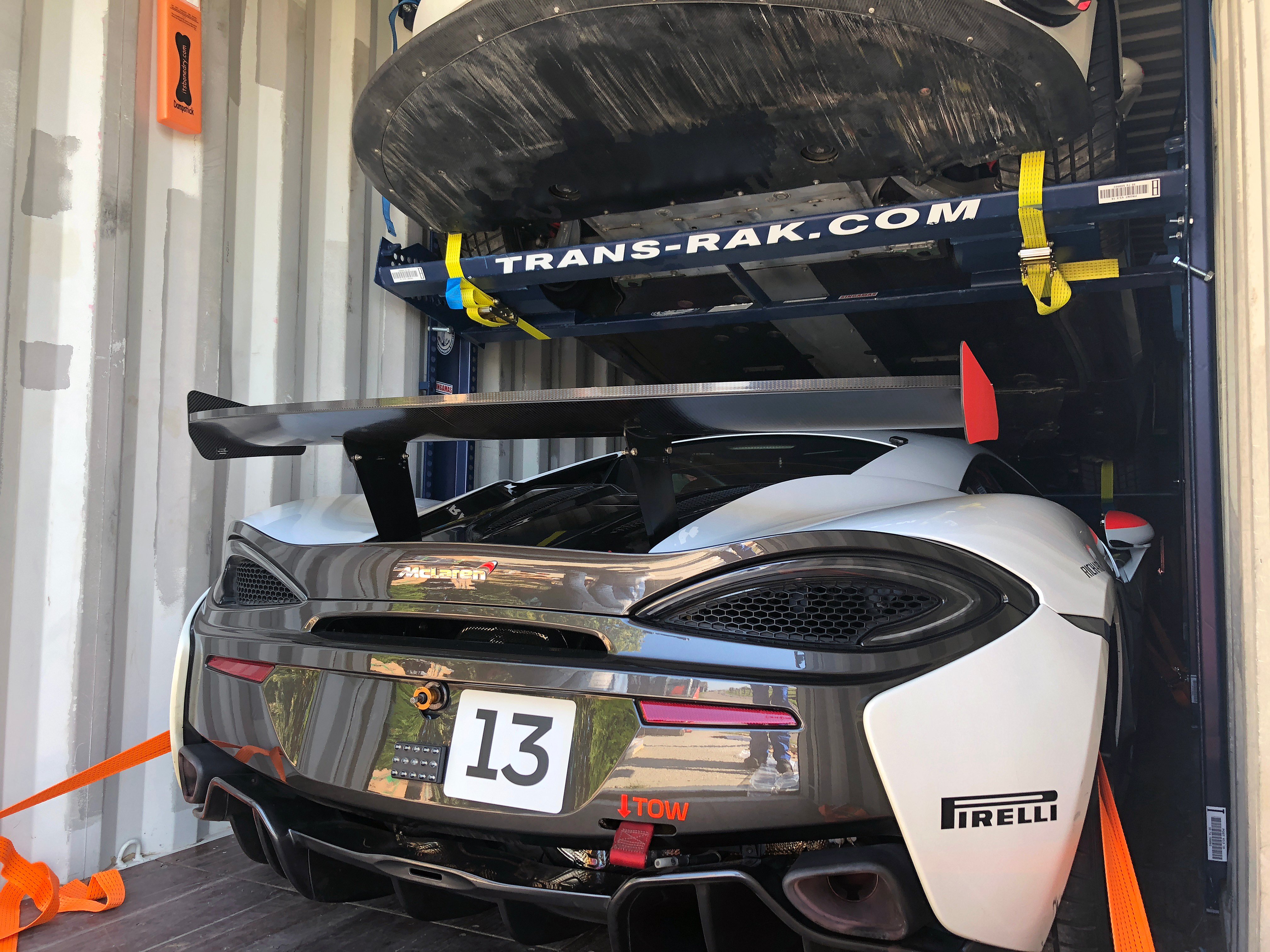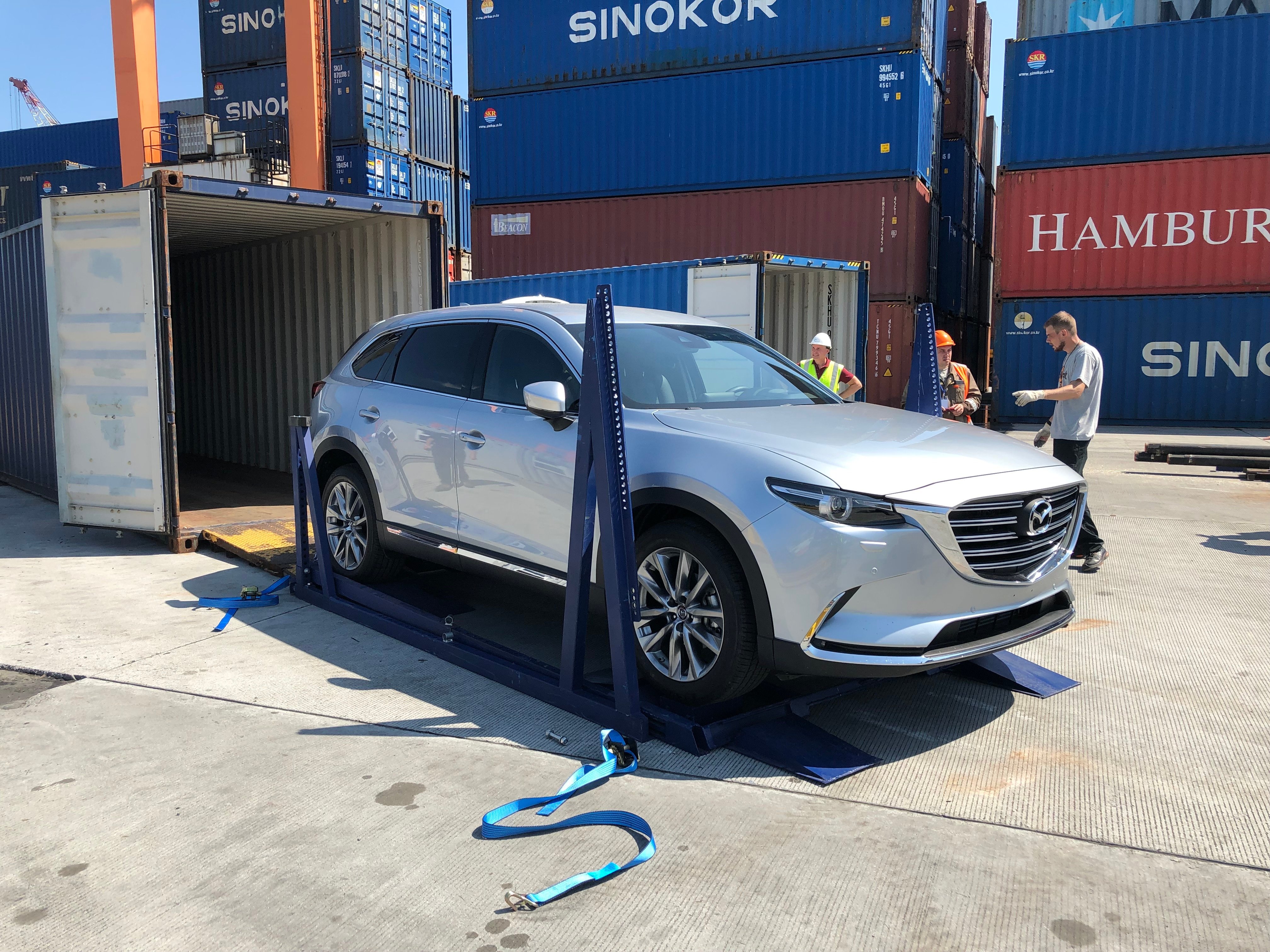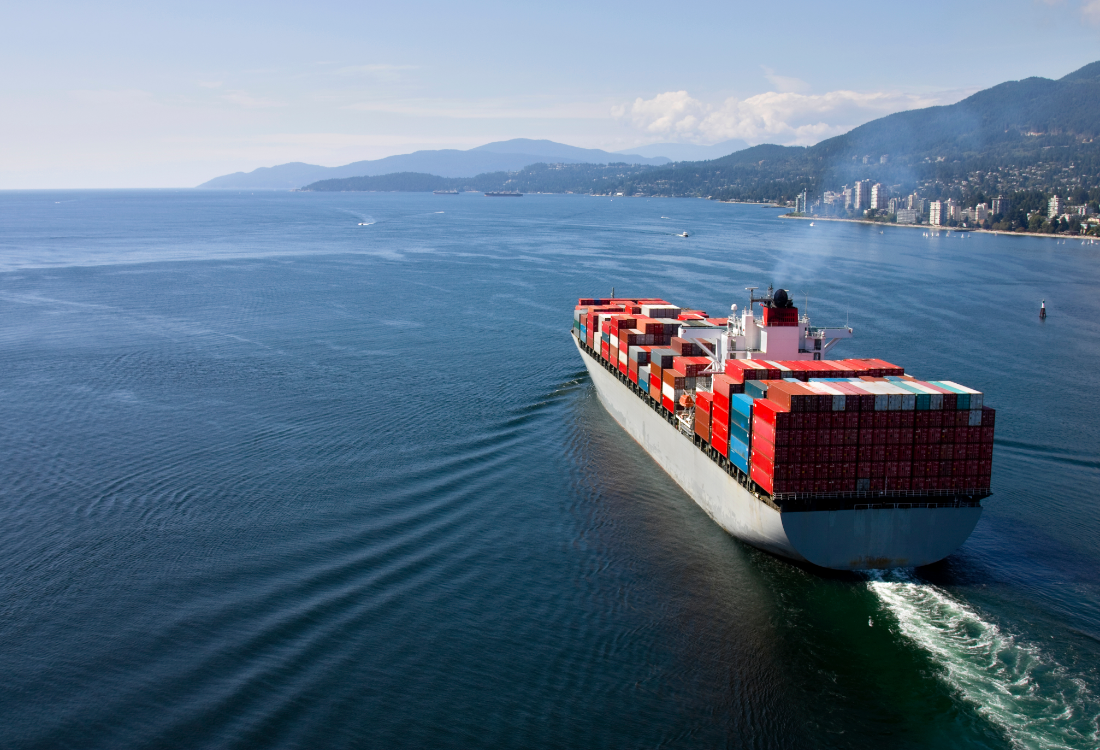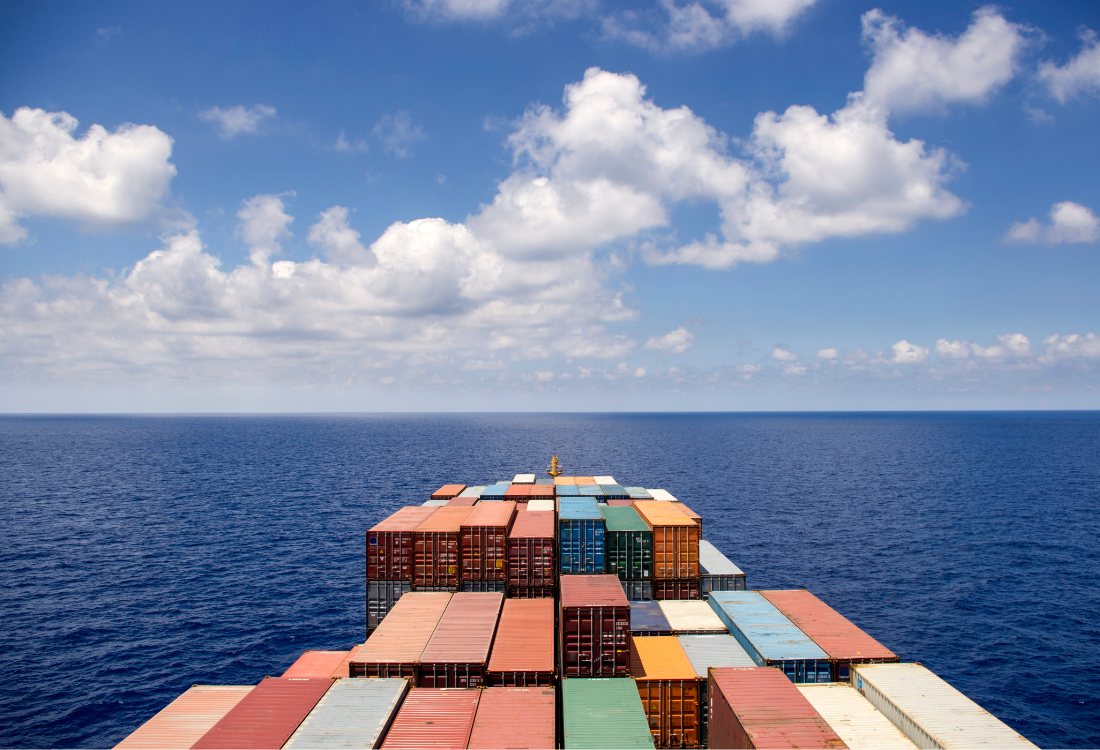
The adoption of container shipping for finished vehicle logistics is expected to grow in 2025, despite a steady parallel growth in uptake of the Ro-Ro shipping market. As a competitive alternative to roll on roll off shipments, there are several reasons to consider moving to container shipping for your vehicles. Read on to discover the main ones.
Regional Market Dynamics And Port Infrastructure Upgrades
An increase in international trade for vehicles, construction plant, and bulky goods has driven steady growth in both container shipping and the Ro-Ro market since the end of the Covid 19 pandemic. Automotive manufacturing markets such as Japan, China, and South Korea are major players in this growth, with active trade increasing with the mature markets in North America and Europe. To accommodate this, ongoing infrastructure investment and new port developments in the Middle East and Africa (e.g. the major upgrades in Alexandria, Egypt) are expected to make shipping more efficient, ecologically sustainable, and affordable for logistics businesses.
Challenges To The Ro-Ro Market
Despite buoyancy, however, port congestion and the rise of electric vehicles have impacted demand for Ro-Ro shipping among some vehicle manufacturers and logistics businesses. Many of the leading international Ro-Ro companies have fallen behind on fleet expansion plans and the adoption of green technologies (such as hybrid propulsion systems), and although plans are afoot, this has prompted some vehicle manufacturers to adopt container shipping as a viable alternative. The safety record of some Ro-Ro vessels in recent years has also prompted concerns about the viability of this method for some classes of vehicles, especially electric cars.
Increasing Container Capacity For Vehicles
One of the positive drivers of adoption for container shipping is the expected overcapacity in container shipping volumes in 2025, which is expected to double due to new vessel deliveries. This is good news for vehicle logistics businesses who may have been put off by container shipping due to the perceived costs at scale. The trend towards overcapacity could drive down freight costs significantly in 2025, making vehicle shipments more economical. As port upgrades overcome the difficulty of some shipping lanes to handle the newest generation of mega container ships with increased capacity, this could make vehicle container shipments both faster and more affordable by the end of this year.
Decarbonisation And Innovation
Container shipping leads the global maritime sector in terms of the adoption of greener practices and new technologies, including energy-efficient ship designs and alternative fuels. Some of the latest mega container ships are capable of carrying over 20,000 twenty-foot equivalent units (TEUs), lowering fuel consumption and greenhouse gas emissions per TEU and contributing to more sustainable global operations. The Irina class vessels operated by MSC (Mediterranean Shipping Company), for instance, have a claimed capacity of 24,346 TEUs, and ships with a capacity surpassing 27,000 TEU are in the pipeline for the coming years.
The Outlook For Containerised Vehicle Shipping
A growing number of logistics businesses and vehicle manufacturers are turning to container shipping as a cost-effective alternative to Ro-Ro shipments, driven by cost efficiency and the improvements in safety brought about by reusable racking systems, such as the R-RAK and EL-RAK. To find out more, please get in touch with Trans-Rak today by clicking here.
Image source: Canva




